- Home
- slideshows
- miscellaneous
- Coca-Cola just spent $5.1 billion on a massive British coffee chain, setting the scene for a battle with Starbucks. Here's how the 2 chains compare.
Coca-Cola just spent $5.1 billion on a massive British coffee chain, setting the scene for a battle with Starbucks. Here's how the 2 chains compare.
Both chains date back to 1971.

Schultz grew Starbucks into a giant, multinational company.
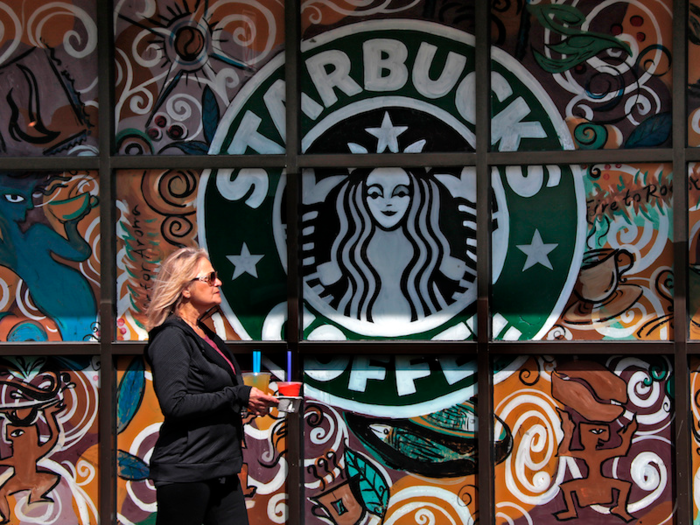
Over the course of the 1990s and early 2000s, Schultz grew the business into a massive organization, opening thousands of stores in the US and around the world.
By 2010, it had nearly 17,000 stores in total. Today, that figure has grown to over 28,000 stores worldwide, which generated $22.4 billion in total net revenues in 2017.
Costa Coffee's growth has been more modest. While it is currently the leading coffee chain in the UK with more than 2,400 stores, its reach beyond that lags behind Starbucks, especially in the US, where it has no presence at all.
In total, Costa Coffee has 3,882 stores in 32 countries. In the year ending March 2018, these locations generated about $1.7 billion in revenue.
The two chains are eyeing global expansion.
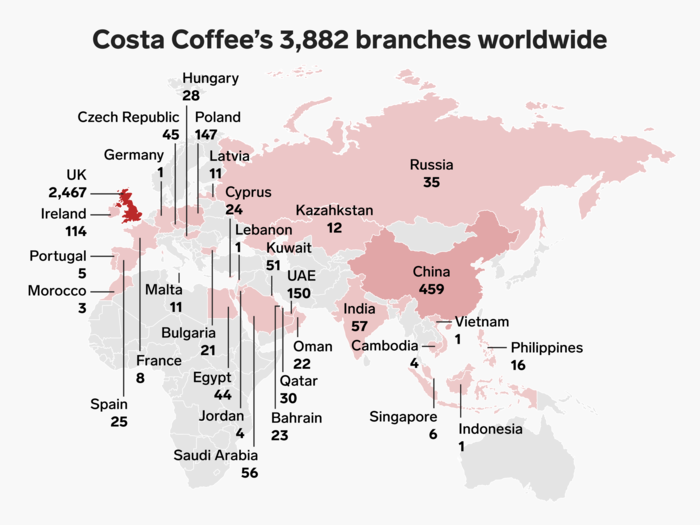
As sales have lagged somewhat in their home markets, both Costa Coffee and Starbucks are looking at international expansion to drive growth.
China is considered a key market here. According to GlobalData, retail sales of hot drinks in China alone will hit $34.2 billion by 2022, and hot-drinks volumes across all channels have more than doubled there in the past five years.
Starbucks, which is currently the leading chain with 2,800 locations in China, is aiming to double its store count to 6,000 locations and triple its revenues over the next five years.
Starbucks CEO Kevin Johnson said in May that the company is looking to push "a coffee culture in China where the reward will be healthy, long-term, profitable growth for decades to come," CNN Money reported.
Earlier this month, Starbucks also announced a deal with Chinese e-commerce giant Alibaba to expand its delivery services throughout the country.
Meanwhile, Costa Coffee, the second-largest coffee chain in China with more than 400 locations, has its own expansion plans.
In October 2017 Costa Coffee bought Yueda, a Chinese coffee chain with which it had operated a joint venture in China for more than a decade. Several months later, in April, Costa Coffee CEO Allison Brittain announced that the company was looking to spin off from its parent company, Whitbread, in order to facilitate its expansion plans, pointing to China as a key area for growth.
"Costa will become a listed entity in its own right and the clear market leader in the out-of-home coffee market in the UK," Brittain, said in a statement at the time. It will be "well positioned to build further on its strong international foundations with growth expected in China and Costa Express."
Ultimately, what it boils down to is how these two chains fare on product. There are six main coffees on Costa's hot drinks menu: flat white, cappuccino, latte, americano, cortado, and espresso.
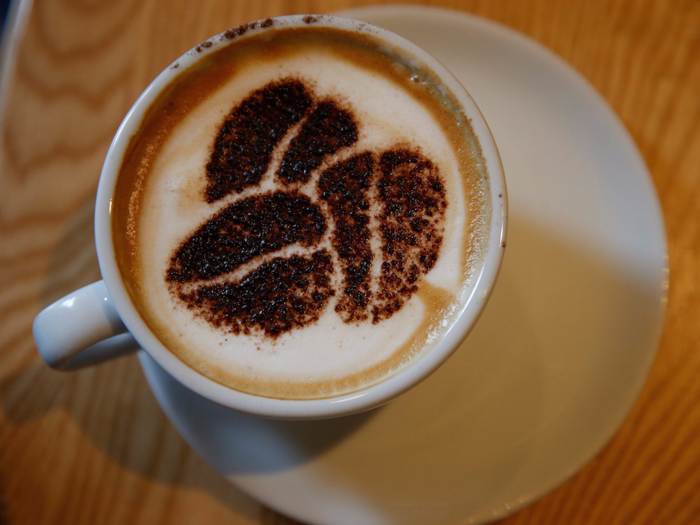
They are sold in three sizes: primo, medio, and massimo.
Costa also serves iced coffees, teas, and hot chocolate.
Starbucks also offers these coffees but has a larger selection of more experimental flavors including its seasonal Pumpkin Spice Latte, Vanilla Bean Latte, and signature Frappucinos, which do not all contain coffee.
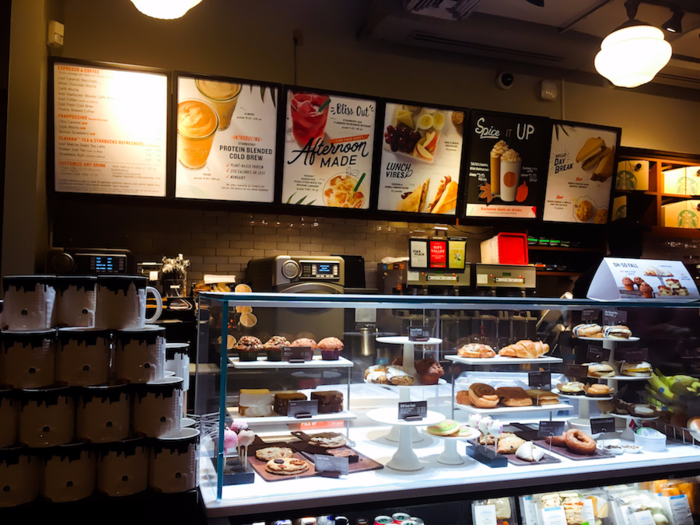
It's not just coffee.
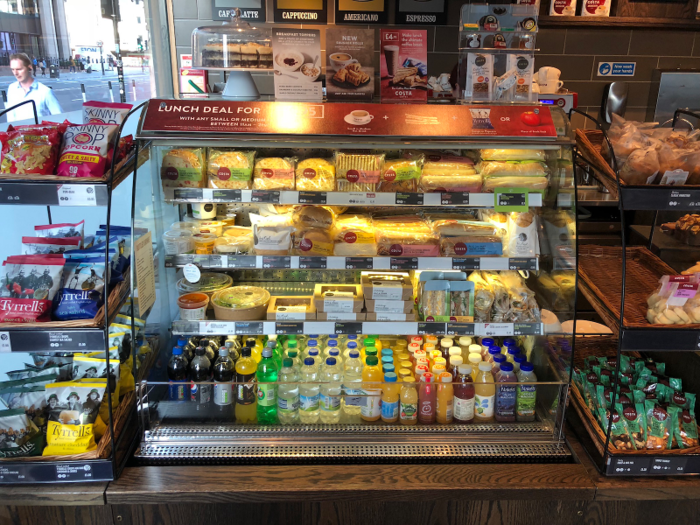
While the core product at both chains is technically coffee, each one has diversified its selection to offer many other things including fruity drinks, milkshakes, breakfast pastries, and savory lunchtime food.
Costa has a wide range of sandwiches, paninis, salads, and soups for lunch as well as a breakfast menu.
The assortment is similar at Starbucks.
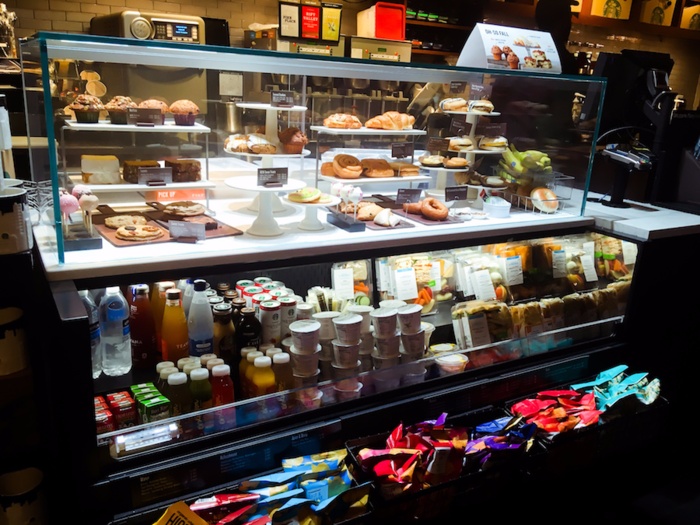
Starbucks offers a mix of hot and cold breakfast options, like bacon, egg, and gouda sandwiches or ham-and-cheese croissants, as well as paninis, sandwiches, and salads for lunch.
These coffee shops are designed to be places where people can meet and gather.
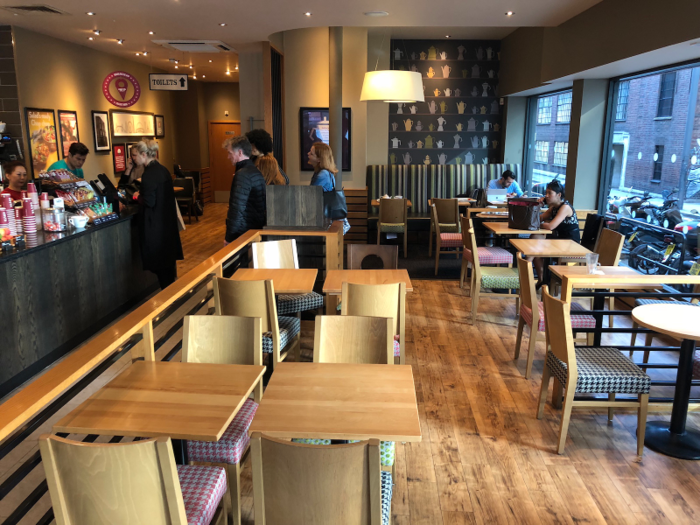
On Friday, Business Insider's Tom Murray visited a Costa store to see what all the fuss was about.
"The store has no particular theme or style — it's just ... 'coffee shop,'" Murray wrote in his review.
Guardian writer Nathalie Olah wrote in January that it is perhaps just this that makes the store appealing.
"It provides no-airs-or-graces coffee, with a reassuring mass-produced quality to its stores. To set foot in a Costa is to be soothed by familiarity in an environment that is crafted using carefully mismatched furniture and calligraphic wall decorations that we have seen somewhere else," Olah wrote.
Starbucks' layout is much of the same.
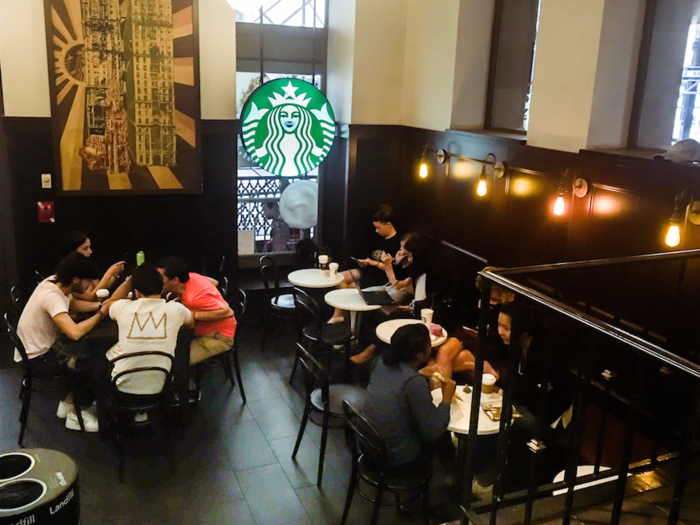
"We believe a coffeehouse should be a welcoming, inviting and familiar place for people to connect, so we design our stores to reflect the unique character of the neighborhoods they serve," Starbucks writes online.
However, these stores seem to be no more appealing than the Costa location.
Starbucks wins on the technology front.
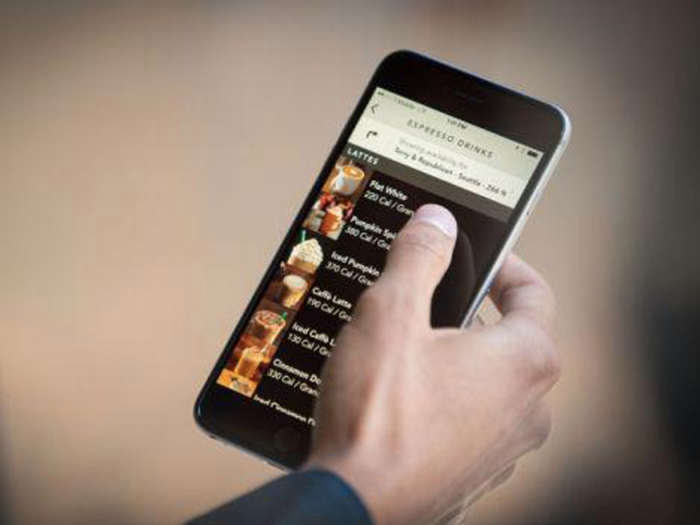
When it comes to technology, Starbucks is the overall winner as it allows customers to pre-order on their phone and pay with the app.
While its mobile-ordering service initially created bottlenecks in the store, those issues appear to have been mostly ironed out.
Costa doesn't offer a mobile-ordering service, but you can use its app to find local stores and collect loyalty points.
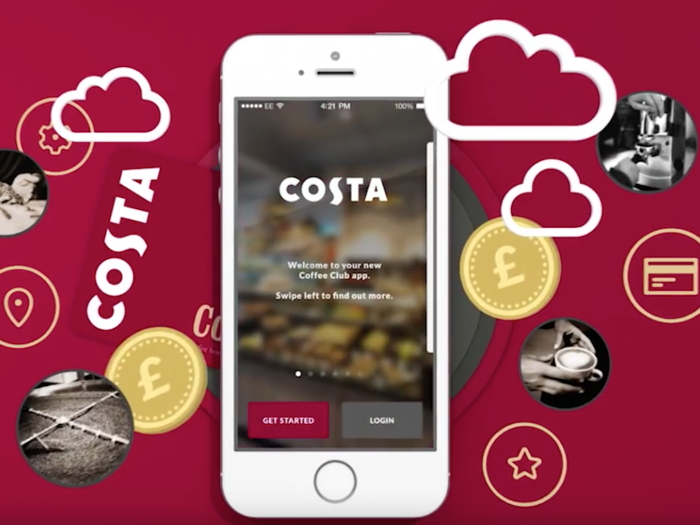
Popular Right Now
Popular Keywords
Advertisement